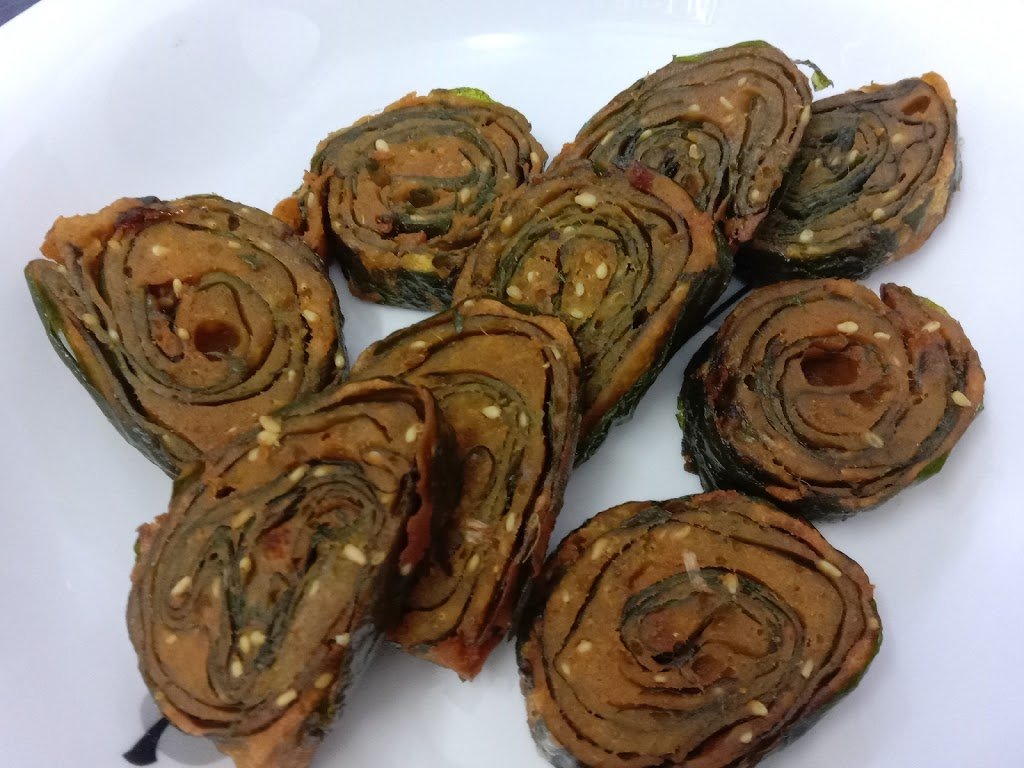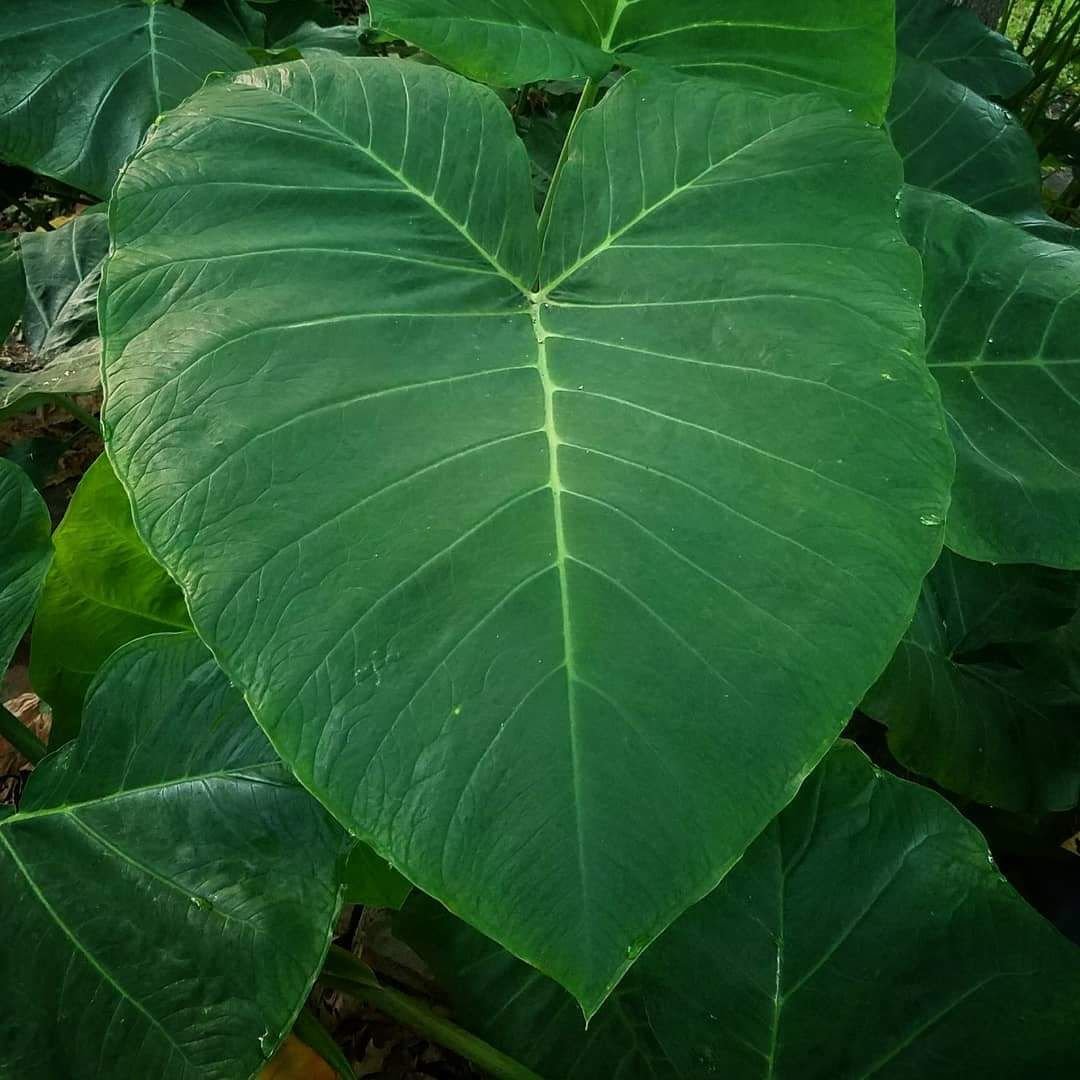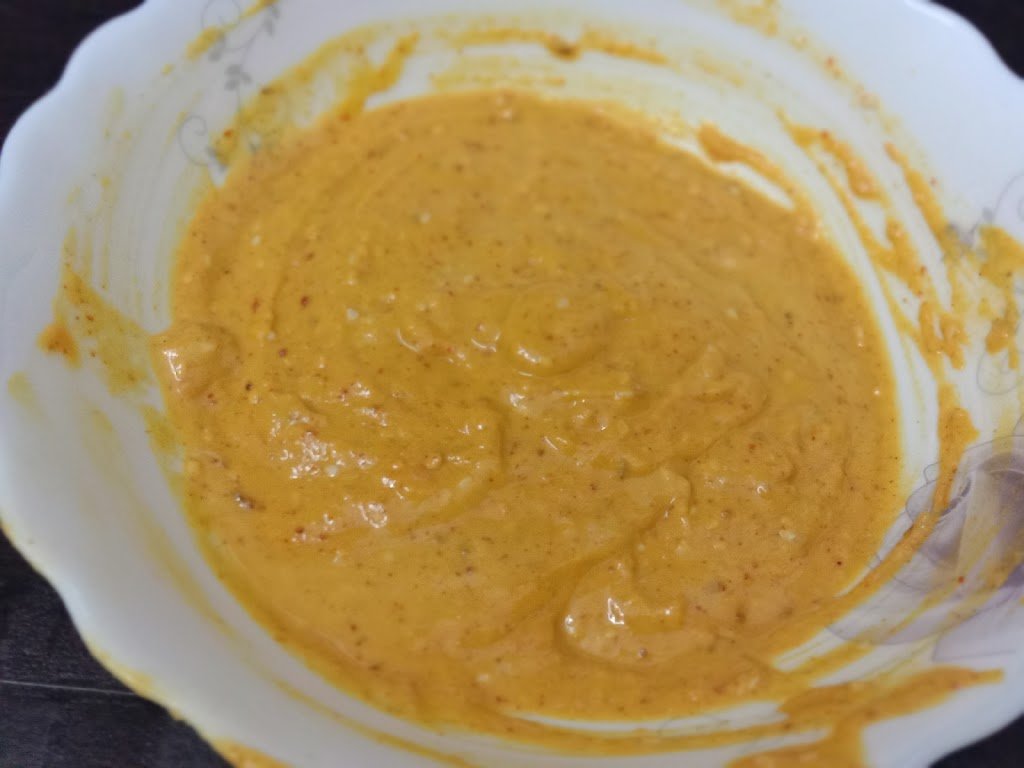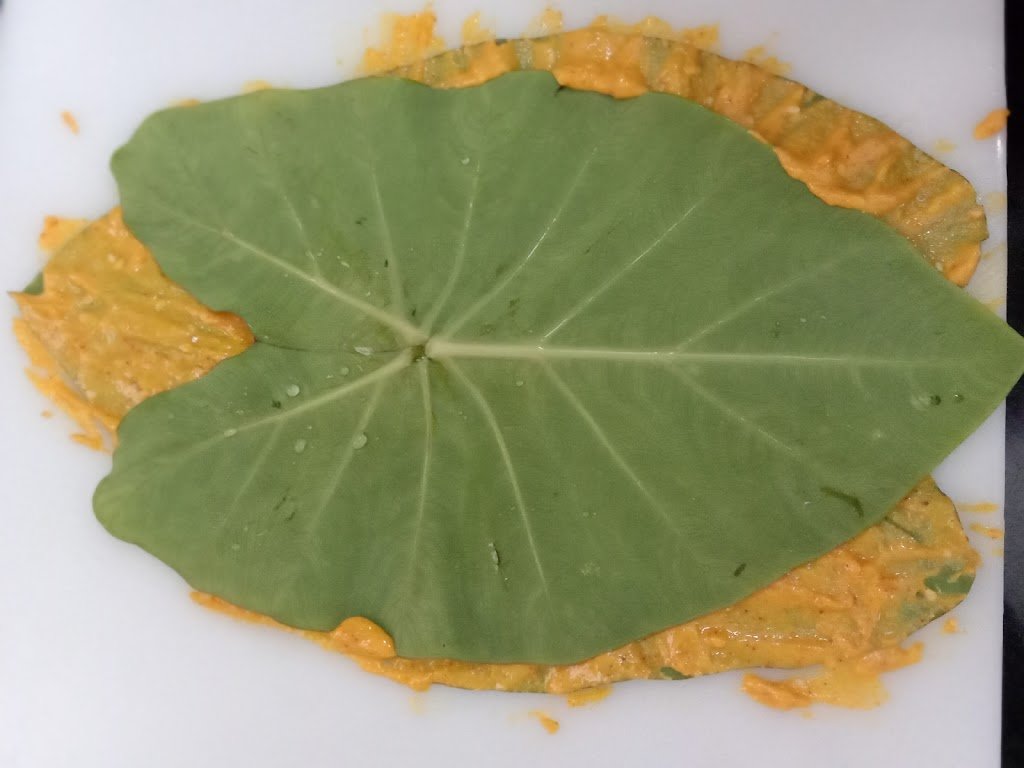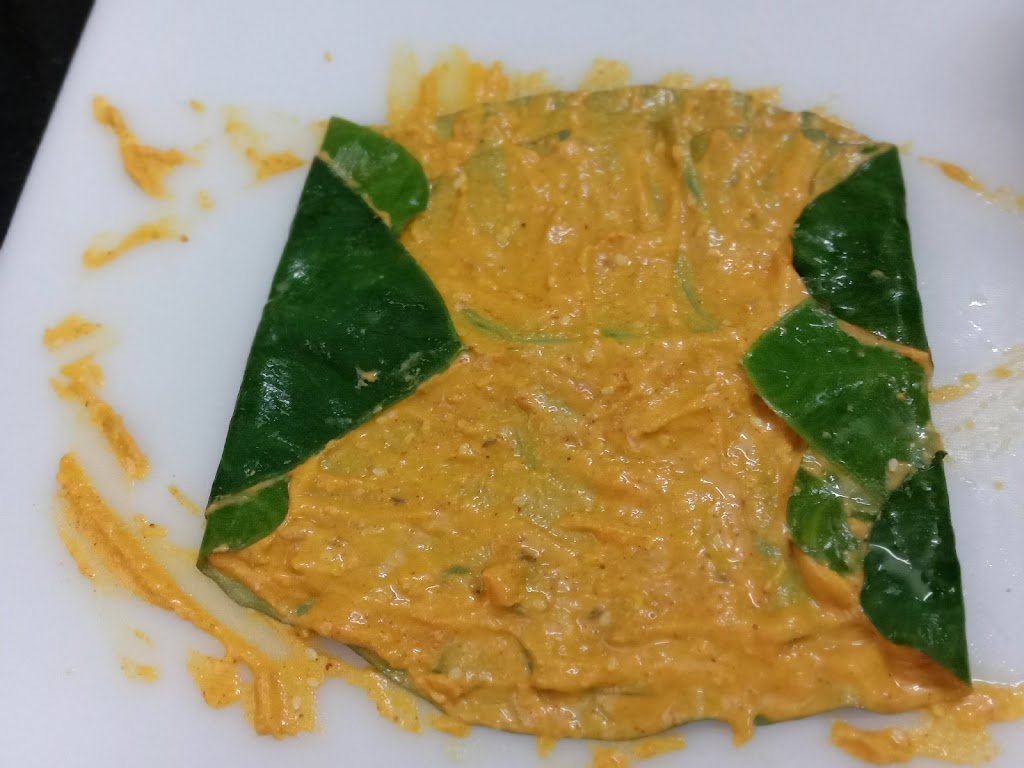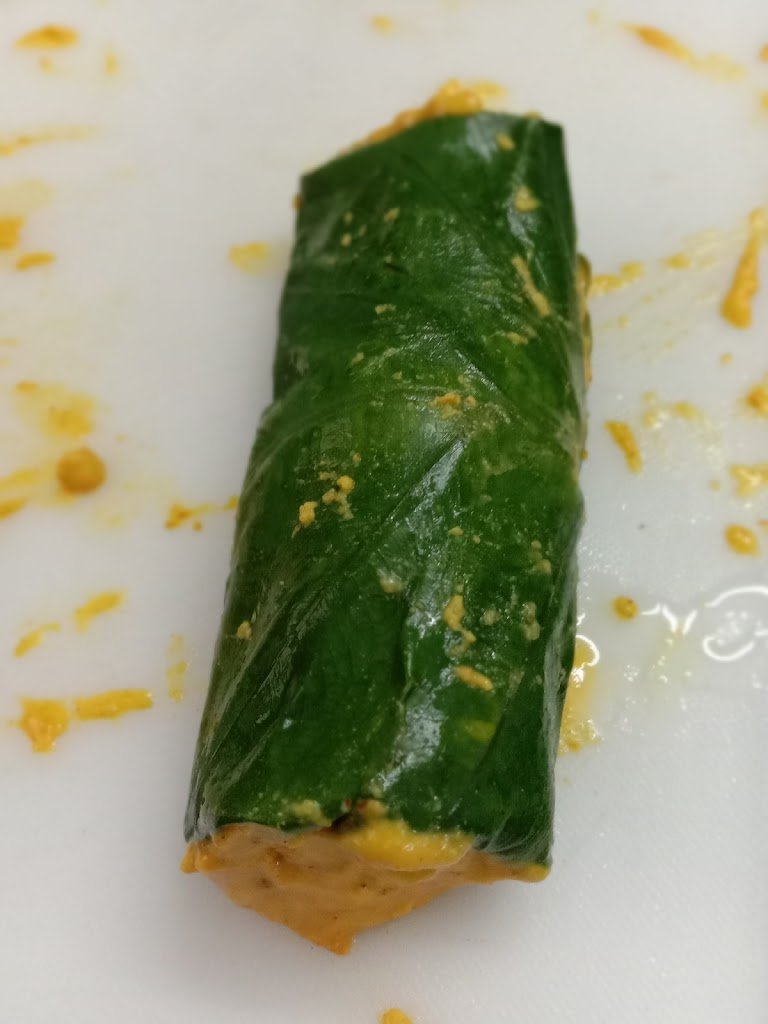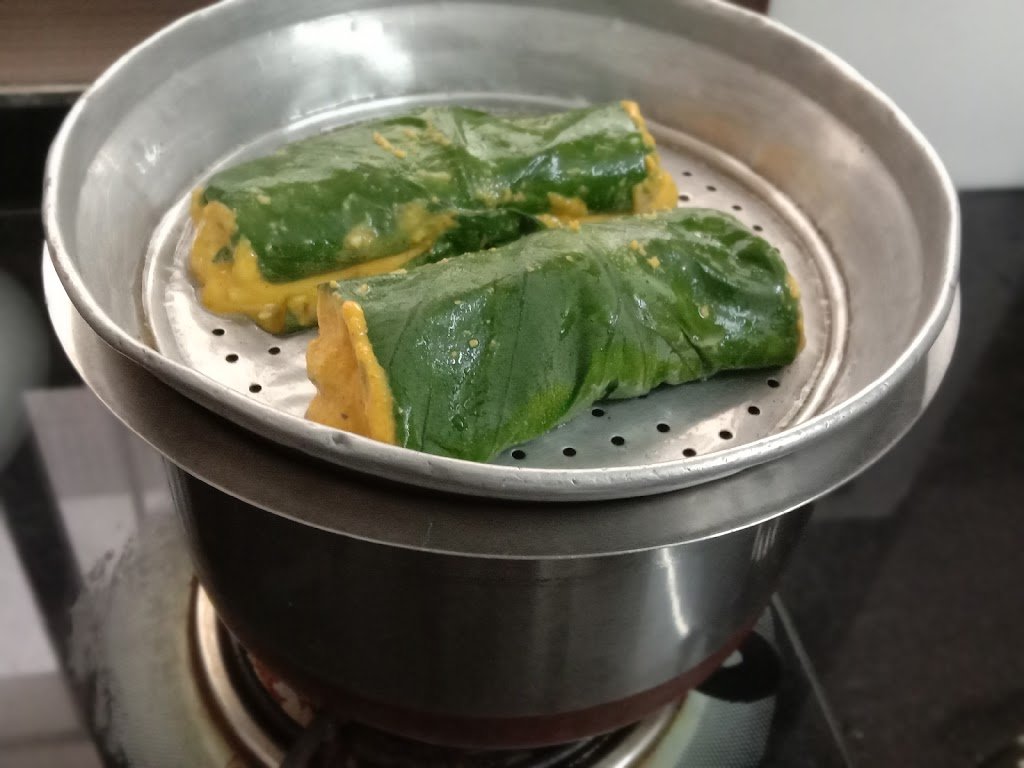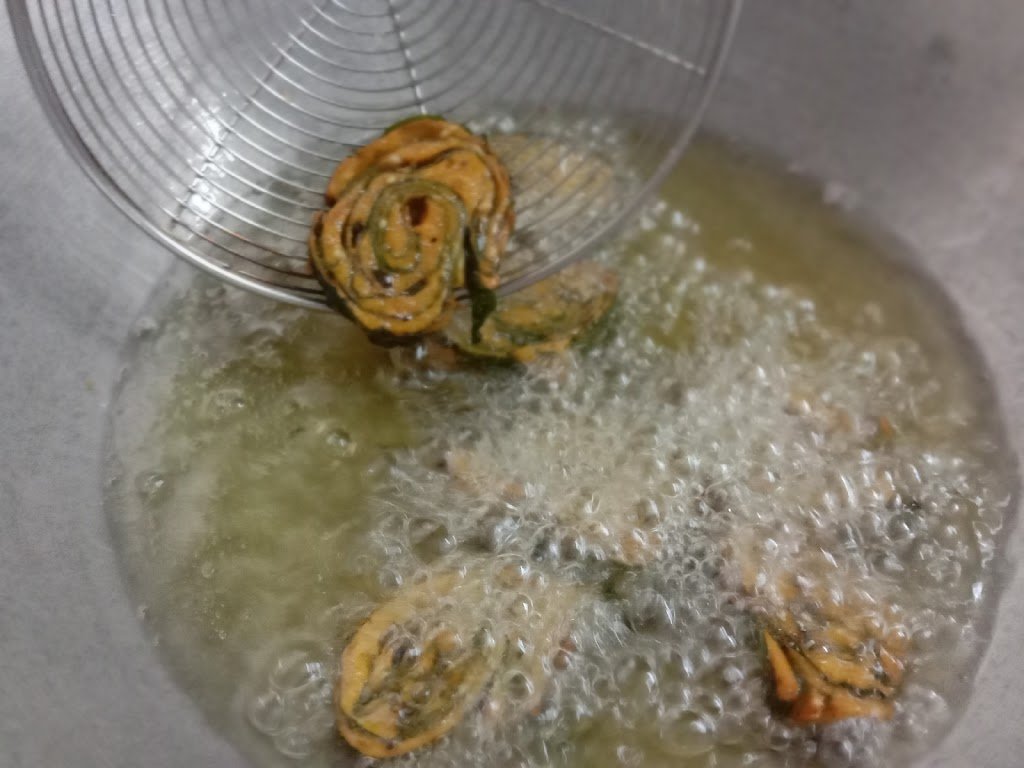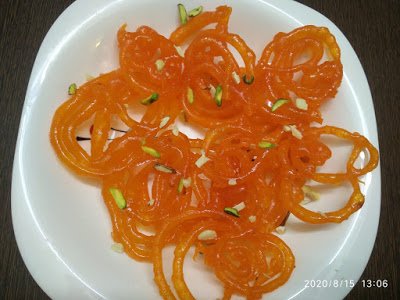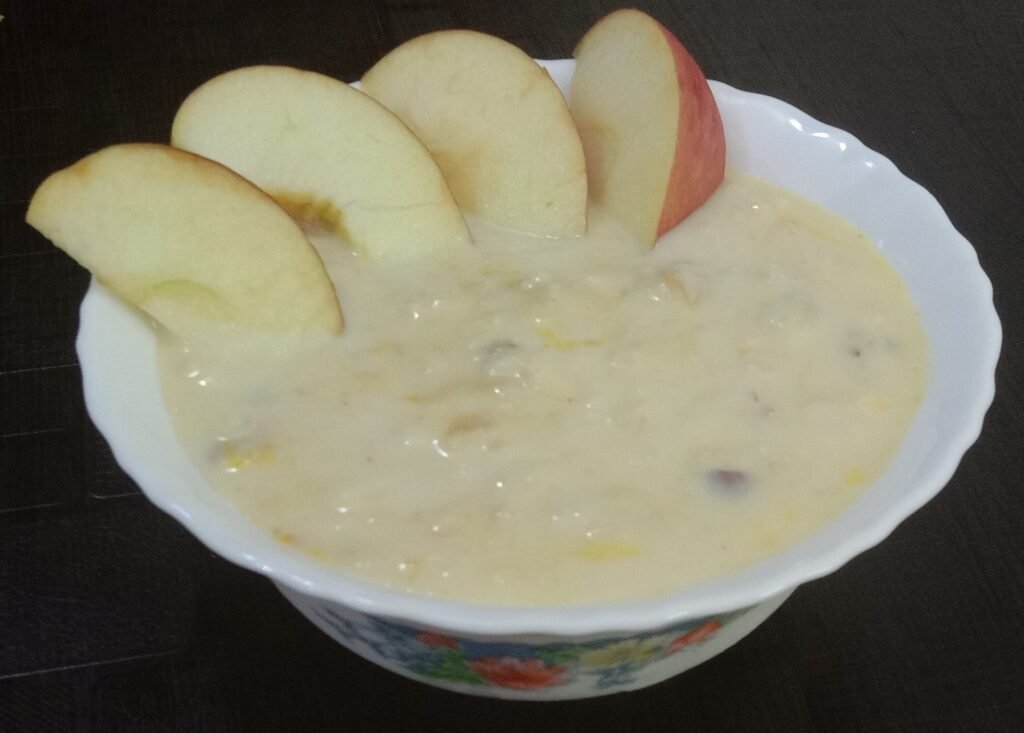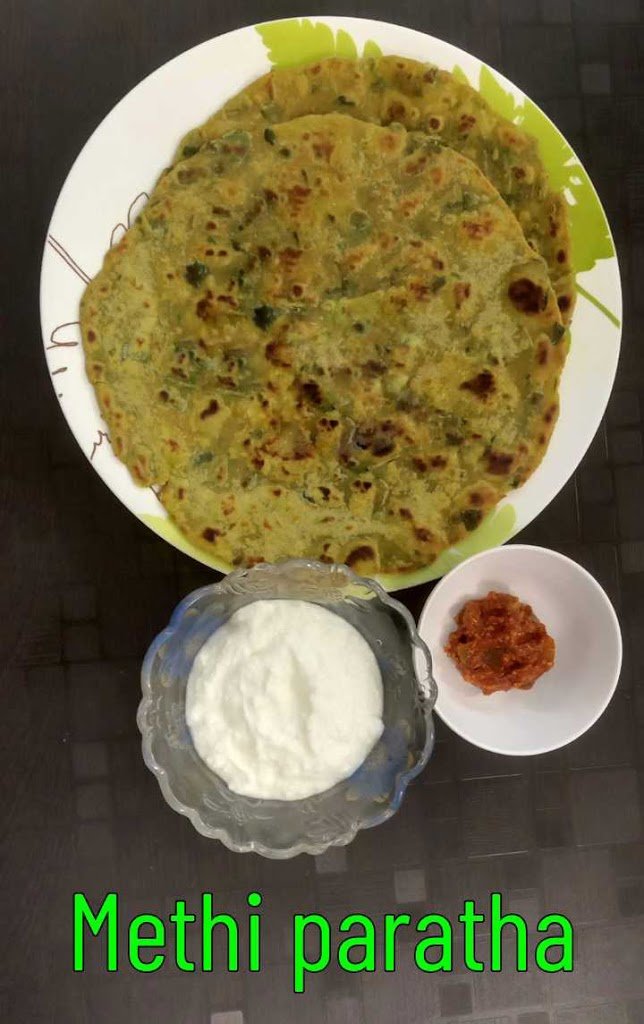Alu Vadi – Taro leaves rolls recipe
Alu Vadi/Taro leaves roll is a stuffed rolled taro leaves snack. It is a very popular snack in Maharashtra and Gujarat. It is very easy to prepare and it’s very crispy and tasty snacks.
Alu Wadi is a traditional Maharashtrian snack or appetizer recipe made with Colocasia (Taro) leaves which are called Alu in Marathi or Arbi in Hindi. These leaves are layered with a spicy, tangy, and sweet gram/chickpea flour paste and then rolled into a log which is then steamed and sliced into thin circles, hence the name Alu Wadi or Alu chi Vadi (Marathi). It can be served steamed or shallow fried (crispy golden brown) with chutney or just on its own.
Taro leaves are heart-shaped and deep green in colour. They taste like spinach when cooked. The leaves have long stems which are cooked and eaten too. In India, taro leaves are used to make a dish called Aloo Vadi / Alu Vadi / Arbi ke Pathrode, In Hawaii, the leaves are also referred to as luau leaves. Here they’re used to make a dish called lau lau in which various foods are wrapped in the leaves and cooked. In the Philippines, taro leaves are cooked together with coconut milk and fragrant spices to create a dish called Laing.
The leaves can be added to soups, stews, and casseroles, making them versatile vegetables.
Selection of taro or colocasia leaves:
Health Benefits of Alu-Taro-Colocasia leaves:
Nutritional Value Of Colocasia Leaves (Taro Leaves): 100 g of raw taro leaves contain 85.66 g water and 42 kcal (energy). They also contain
4.98 g – protein, 0.74 g – total lipid (fat), 6.70 g – carbohydrates, 3.7 g – dietary fibre, 3.01 – sugar, 107 mg – calcium, 2.25 mg – iron, 45 mg – magnesium, 60 mg – phosphorus, 648 mg – potassium, 3 mg – sodium, 0.41 mg – zinc, 52.0 mg – vitamin, 0.209 mg – thiamine, 0.456 mg riboflavin, 1.513 mg – niacin, 0.146 mg – vitamin B6, 126 µg – folate, 4825 IU – vitamin A, 2.02 mg – vitamin E, 108.6 µg – vitamin K.
1 – Increases Protein Content In The Body: According to a study published in the Journal of Medicinal Plants Studies 2018, Taro composes high protein, more than other root crops because of the presence of symbiotic soil. Consuming Taro leaves can be helpful in boost up the protein content in the body.
2 – Lower high blood pressure: Taro leaves can lower high blood pressure or hypertension because of the presence of saponins, tannins, carbohydrates, and flavonoids.
3 – Assists In Weight Loss: Taro leaves have low-calorie content making it an ideal choice for ones who are on a mission to shed their extra fat. A cup of Taro leaves adds only 25 calories to the body. Moreover, Arbi leaves are an excellent dietary fiber that keeps us full for a long time and reduces the longing for the intake of food.
4 – Help in Digestion: The taro leaves are known to aid in digestion and treat digestive problems because of the presence of dietary fibre which helps in better food digestion and absorption of nutrients. The leaves also support the growth of beneficial microbes such as Escherichia coli and Lactobacillus acidophilus which live peacefully in the intestines, helping in digestion and fighting against harmful microbes.
5 – Promote Eye health:
Taro Leaves contain β-carotene which can be converted to Vitamin A by the body. Which is essential in keeping your eyes healthy, maintaining good vision and preventing age-related macular degeneration, a leading cause of vision loss. Vitamin A works by providing vitamins to the eye for the prevention of cataracts and macular degeneration. It provides a clear vision by maintaining a clear cornea
6 – Boosts Heart Health:
Taro or Arbi leaves fall into the vegetable category of dark-leafy greens, regular consumption of which is associated with a 15.8% reduction in heart disease risk based on a 2016 study. They also provide a good source of dietary nitrates which help to promote healthy blood pressure. In addition to that, Taro leaves are a good source of folate which helps in maintaining a healthy heart.
7 – Strengthen immune system: As taro leaves have significant amounts of vitamin C, they help boost your immune system efficiently. Several cells, especially the t-cells and phagocytes of the immune system require vitamin C to function properly. If vitamin C is low in the body, the immune system is unable to fight against the pathogens.
8 – Protect the Nervous system:
The leaves of the taro contain vitamin B6, thiamine, niacin and riboflavin which are known to protect the nervous system.
9 – Prevent Diabetes: Diabetes is a chronic disease that affects a large population. The antidiabetic activity of the ethanol extract of Colocasia esculenta was evaluated in diabetic rats which resulted in a decrease in blood glucose levels and prevented the loss of body weight. Diabetes, if left untreated, can lead to kidney damage, nerve damage, and heart disease.
10 – Prevent cancer: Taro leaves are an excellent source of vitamin C. This vitamin has potent anticancer effects which inhibit the growth of cancerous tumours and lower the progress of cancer cell proliferation. According to a study, the consumption of taro can lower colon cancer rates. Another study also showed the effectiveness of taro in reducing breast cancer cells.
.
Course: – Snacks
Prep Time: – 25 Minutes
Cooking time: – 15 Minutes
Total Time: – 40 Minutes
Servings: – 20 Vadis (rolls)
Alu Vadi Ingredients:
6 nos. – Taro (Alu) leaves medium-sized
1 cup – Gram/chickpeas flour (besan)
2 teaspoons – Ginger garlic and green chillies paste – (6/8 garlic, 1-inch ginger, 2 green chillies)
1½ teaspoon – Red chilli powder (as per your taste)
½ teaspoon – Turmeric powder
1 teaspoon – Cumin seed (Jeera) powder
1 pinch – Asafoetida (Hing)
½ teaspoon – Coriander seed powder
1 tablespoon – Tamarind and jaggery water
1 cup – Cooking oil for frying
½ teaspoon – Gram masala
1 teaspoon – White Sesame (Til) seeds
1 teaspoon – Salt (As per your taste)
Method for preparing Alu Vadi with step by step photos:
Preparing Alu Vadi rolls:
1 – Wash gently Taro/ Alu leaves. Wipe the leaves with a dry cloth. After that cut, its stem and veins gently.
2 – Now, In a bowl, take gram flour, rice flour, ginger-garlic and green chillies paste, jeera powder, coriander powder, red chilli powder, turmeric powder, tamarind, and jaggery water, hing, salt, sesame seeds, garam masala, and little water.
3 – Mix well to form a thick batter. The batter should be thick.
4 – Now spread the batter on the backside of the leaf.
5 – Spread the batter on each leaf. I used here three leaves you can use more.
6 – Place the subsequent leaf on top of it and apply another layer of besan batter thereon also.
7 – Continue this process with a minimum of three leaves. Roll the sides vertically and spread a touch batter on them.
8 – Fold the other two sides
9 – Now roll them tightly and slowly.
10 – Keep on applying batter on each fold.
Steaming the rolls:
11 – Before placing for steamer apply oil on strainer pan and then place the rolls on a pan and cover the lid on it. steam cook for 12-15 minutes (till roll gets cooked properly).
12 – Remove from the steamer and let it cool. Then cut into thin slices.
Frying the Vadi:
13 – For deep fry, heat oil in kadhi and fry alu vadies till it becomes golden brown.
14 – Garnish with chopped coriander leaves. Serve hot with your favorite sauce. Enjoy it with a steaming cup of tea!
Tips for Alu Vadi taro leaves recipe:-
1 – Arrange the leaves in order to bigger to smaller. bigger at the base and smaller on top. otherwise, the roll will not be knitted.
2 – Do not use more than 3 leaves for a roll, if the roll is thicker, leaves do not roll properly it may get separated and spoil while frying. It should be tightly tied so that the alu vadies remain round and whole after frying or shallow frying.
3 – While selecting Taro/ Alu leaves for Alu Vadi, choose the black stem ones.
4 – If you’re falling short of time, you can prepare the rolls a day before and then temper or fry them the next day.
Alu vadi-taro leaves roll recipe.
Ingredients
- 6 Nos. Taro leaves (Aluchi pane) medium sized Medium sized
- 1 cup Besan (gram flour) 150 grams
- 2 teaspoons Ginger garlic and green chillies paste (6/8 garlic ,1 inch ginger, 2 green chillies)
- 1 tablespoon Red chilli powder (optional)
- ½ teaspoon Turmeric powder
- 1 teaspoon Jeera (cumin seed) powder
- pinch of Hing (Asafoetida)
- ½ teaspoon Coriander seed powder
- 1 tablespoon Tamarind and jaggery water
- Cooking oil for frying
- ½ teaspoon gram masala (optional)
- 1 teaspoon Salt as per taste
- Water as per requirement
Instructions
- Alu vadi Preparing roll:
- Wash gently taro/ Alu leaves. Wipe the leaves with a dry cloth. After that cut it's stem and veins gently.
- Now, In a bowl, take besan, rice flour, ginger-garlic and green chillies paste, jeera powder, coriander powder, red chilli powder, turmeric powder, tamarind, and jaggery water, hing, salt, sesame seeds, garam masala, and little water.
- Mix well to form a thick batter. The batter should be thick.
- Now spread the batter on the backside of the leaf.
- Spread the batter on each leaf. I used here three leaves you can use more.
- Place the subsequent leaf on top of it and apply another layer of besan batter thereon also.
- Continue this process with a minimum of three leaves. Roll the sides vertically and spread a touch batter on them.
- Fold the other two sides
- Now roll them tightly and slowly.
- Keep on applying batter on each fold.
Steaming & frying the rolls:
- Before placing for steamer apply oil on strainer pan and then place the rolls on a pan and cover the lid on it. steam cook for 12-15 minutes.
- Remove from the steamer and let it cool. Cut into thin slices.
- For deep fry, heat oil in kadhi and fry alu vadies till it becomes golden brown.
- Garnish with chopped coriander leaves. Serve hot. Enjoy with a steaming cup of tea!

